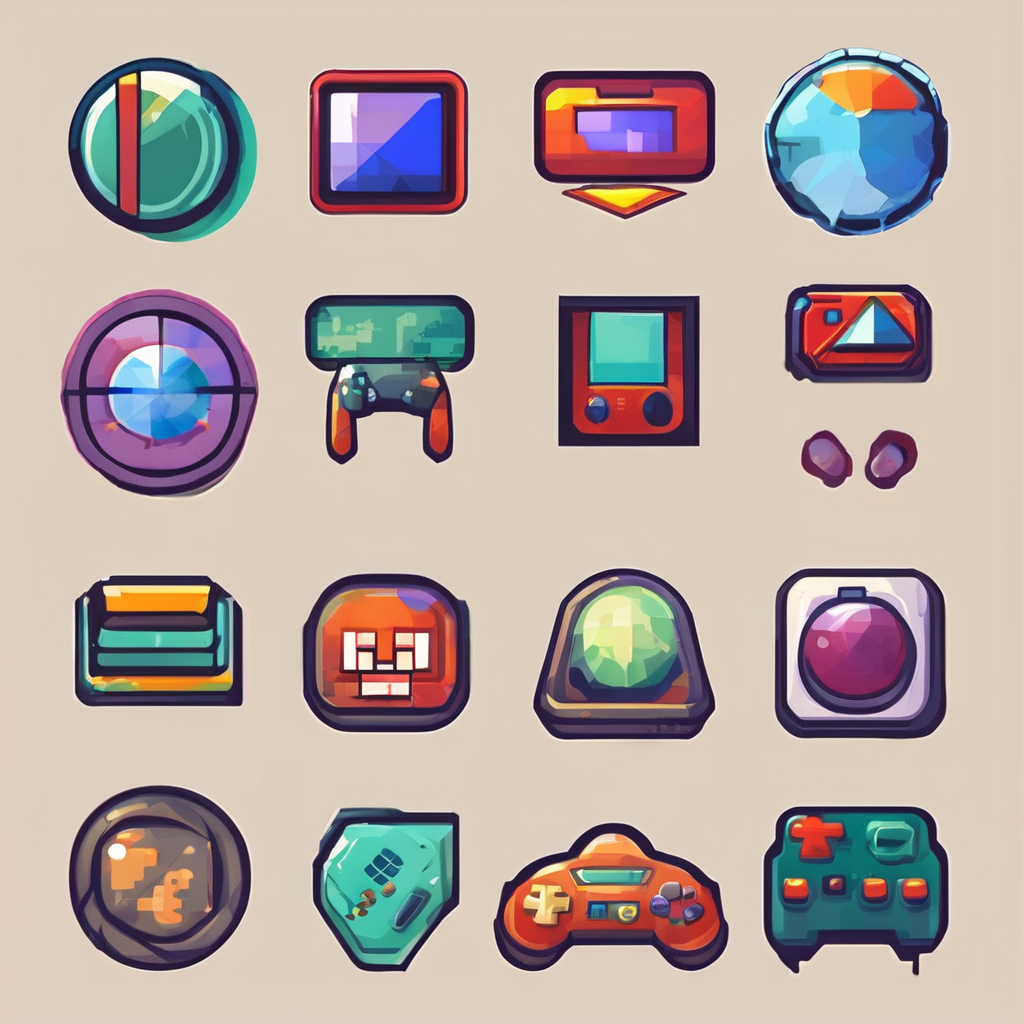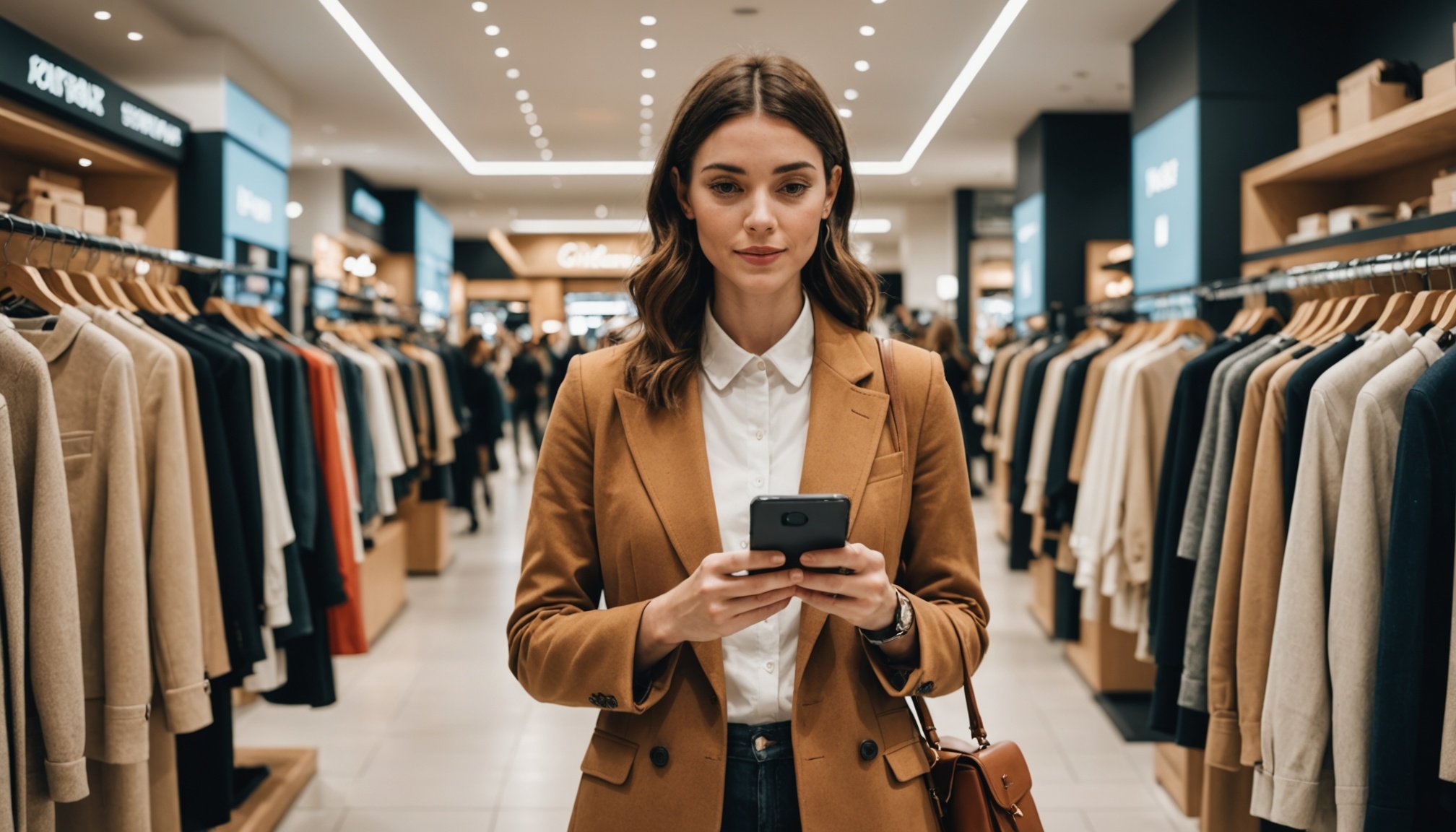Overview of Augmented Reality in Fashion Retail
Augmented Reality (AR) has revolutionised the way customers interact with the fashion industry, bringing virtual shopping experiences into the comfort of their homes. AR technology overlays digital information onto the real world, allowing users to visualise how clothing and accessories look on them without physically trying them on. This immersive technology has been steadily gaining traction, particularly in fashion retail, where it offers a personalised and engaging shopping experience.
Historically, AR’s journey into retail began with basic applications, like virtual fitting rooms, but recent advancements have expanded its capabilities. Retailers can now offer interactive product displays and virtual storefronts, enhancing customer interaction. This technology is not only about convenience but also about offering a rich shopping experience that bridges the gap between online and in-store shopping.
Topic to read : Unleashing Potential: Cutting-Edge Data Analytics Strategies to Transform Marketing in the UK’s Luxury Goods Market
In the UK, the fashion retail sector has been quick to adopt AR, recognising its potential to boost customer engagement and drive sales. As the retail landscape evolves, augmented reality is becoming a crucial tool for brands seeking to differentiate themselves and adapt to changing consumer preferences. With continual technological advancements, AR stands poised to redefine the future of fashion retail, making shopping more interactive and enjoyable than ever before.
Case Studies of AR Implementation in UK Fashion Retail
Case studies in the UK showcase a rising trend in augmented reality (AR) adoption within fashion retail. Brands like Burberry, ASOS, and Topshop have effectively integrated AR technology, creating unique shopping experiences that captivate consumers.
Also to see : Effective AI-Driven Customer Service Tactics for the UK Telecom Industry
Successful Brands Utilizing AR
Burberry introduced AR solutions in their app, allowing customers to visualise products in their personal space. By utilising augmented reality, they offer a more intuitive virtual fitting room experience, reducing the hesitation linked to online shopping. Similarly, ASOS adopted AR technology to enhance their browsing experience, offering virtual try-ons that mimic in-store interactions.
Innovative AR Solutions
Beyond virtual fitting rooms, Topshop’s innovative approach included virtual reality (VR) fashion shows and AR storefronts. These AR implementations not only attract tech-savvy shoppers but also provide a novel way to engage with fashion pieces before making a purchase. Such cutting-edge solutions set a standard for creative engagement in the UK market.
Impact on Sales and Customer Engagement
Utilising AR, these brands have witnessed tangible outcomes. A report indicates an increase in customer engagement by 30% and a notable uptick in sales due to AR applications. By bridging physical and digital realms, AR heightens user interaction and fosters a compelling shopping journey.
Customer Engagement and Behaviour Insights
Augmented Reality (AR) is significantly reshaping customer engagement in the fashion retail sector. By providing an interactive, immersive shopping environment, AR is transforming consumer behaviour and decision-making processes. Customers can virtually try on outfits, merging the tactile experience of in-store shopping with the convenience of online retail. This fusion not only enriches their shopping journey but also influences their purchasing decisions positively.
A survey indicates that approximately 70% of consumers exhibit heightened interest in brands offering AR-enhanced shopping experiences. This trend underscores the growing demand for technology-driven retail innovations. Retailers adopting AR report increased retention rates and customer satisfaction, proving the technology’s efficacy in enhancing user experience.
As consumer preferences evolve, the integration of AR reflects a shift towards personalisation and convenience. The technology allows a tailored shopping experience, addressing individual style preferences and fit requirements. Such consumer-centric approaches are crucial, considering the increasing inclination towards unique and satisfying shopping interactions.
Feedback from users highlights a preference for ar-based applications, citing them as engaging and informative. As AR continues to gain traction, its role as a differentiator becomes pivotal, enabling brands to meet and exceed modern consumer expectations.
Comparison of Traditional vs. AR-Enhanced Shopping
The shopping world has transformed with augmented reality (AR), creating stark contrasts between traditional retail and today’s AR-enhanced shopping. While traditional shopping relies on in-person visits, AR allows consumers to explore products virtually, offering the flexibility of shopping from anywhere. The key difference lies in the interactive experience AR provides, merging digital and physical elements for a more engaging encounter.
In terms of advantages, AR shopping stands out by offering personalised experiences, something traditional methods struggle to match. AR provides virtual try-ons and tailored recommendations, enhancing the overall shopping experience by directly addressing consumer preferences. The convenience of visualising products in one’s own environment without leaving the home aligns with modern, tech-savvy consumer demands.
Consumer sentiments reflect a growing preference for AR-enhanced shopping. Many find AR’s immersive nature more satisfying and informative compared to conventional shopping. The ability to interact with products in a virtual space not only boosts confidence in purchasing decisions but also heightens the enjoyment factor. However, while AR technology has undoubtedly reshaped retail, traditional shopping still holds its ground, appealing to those who value the tactile, immediate gratification of in-store experiences.
Expert Opinions and Industry Insights
Engaging with expert opinions offers a glimpse into the transformative power of augmented reality (AR) within the fashion retail sector. Industry leaders highlight that AR technology is pivotal in enhancing consumer engagement and bridging the gap between digital and physical shopping experiences. The overarching sentiment is that AR is not a fleeting trend but a sustainable evolution crucial for future retail.
Interviews with Retail Leaders
Retail leaders such as CEOs of prominent fashion brands express enthusiasm for AR’s potential. They stress how it reshapes customer interaction, urging retailers to adopt AR to stay competitive. The consensus is that those who utilise AR innovations gain a competitive edge, drawing consumers with interactive, immersive experiences.
Reports on Future of AR in Retail
Reports predict substantial growth in AR applications, with estimates suggesting that AR retail experiences will become commonplace within the next decade. As consumers demand innovative experiences, the market is anticipated to embrace AR more robustly, making it an integral component of the retail strategy.
Predictions for Consumer Trends
Experts foresee a shift towards consumer acceptance of AR-enhanced shopping. Predictions indicate significant inclinations towards personalised and virtual experiences, which align with the digital transformation trend, ensuring a seamless, engaging shopping journey.
Practical Applications of AR in Enhancing Shopping Experiences
Augmented Reality (AR technology) is reshaping the shopping experience by integrating practical applications that benefit consumers and retailers alike. Through virtual try-ons and digital fit assistance, AR allows a personalised shopping journey, enhancing decision-making and satisfaction. These experiences aren’t limited to clothing—AR can also preview furniture or accessories within a shopper’s home, demonstrating versatility and practicality.
Personalized Shopping Experiences
Personalized experiences are a key advantage of AR. By utilising data analytics, AR can offer tailored recommendations, ensuring customers find products suited to their preferences. This customisation enhances user satisfaction, offering a unique experience that traditional retail struggles to replicate.
Integration Guidance for Retailers
For retailers aiming to innovate with AR technology, effective integration is vital. Considerations include ensuring technology reliability and user-friendliness to maximise consumer engagement. Retailers are encouraged to establish interactive, informative AR applications that complement their existing online and physical platforms. By doing so, they create a seamless shopping journey that satisfies tech-savvy consumers and encourages long-term loyalty.
By exploring these practical applications, both retailers and consumers can enjoy a more engaging, efficient, and tailored shopping experience.

